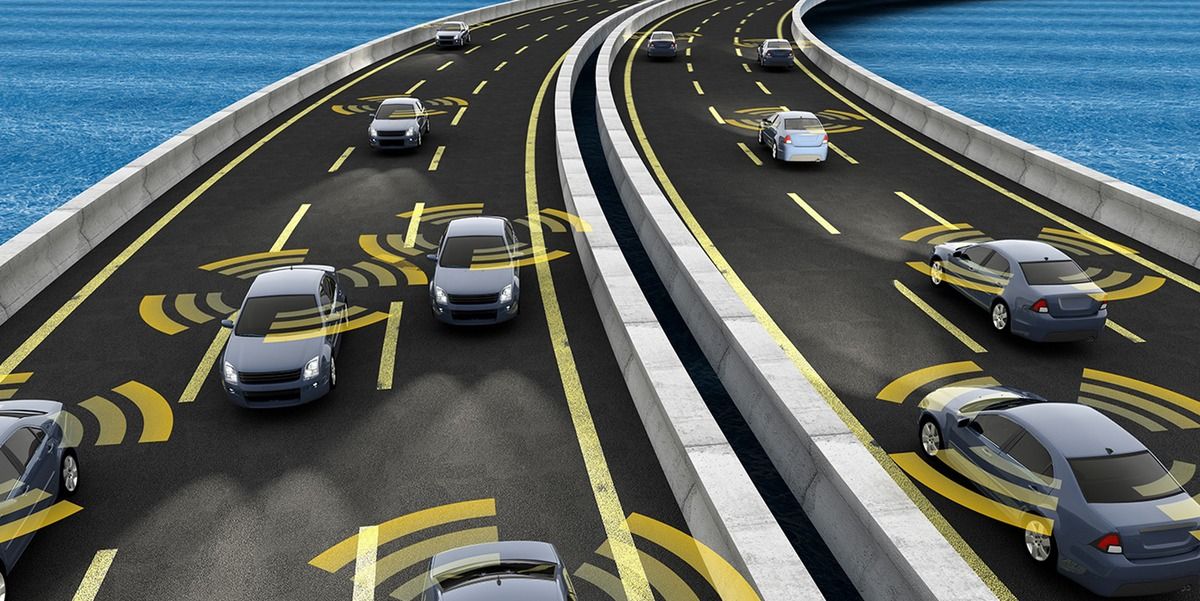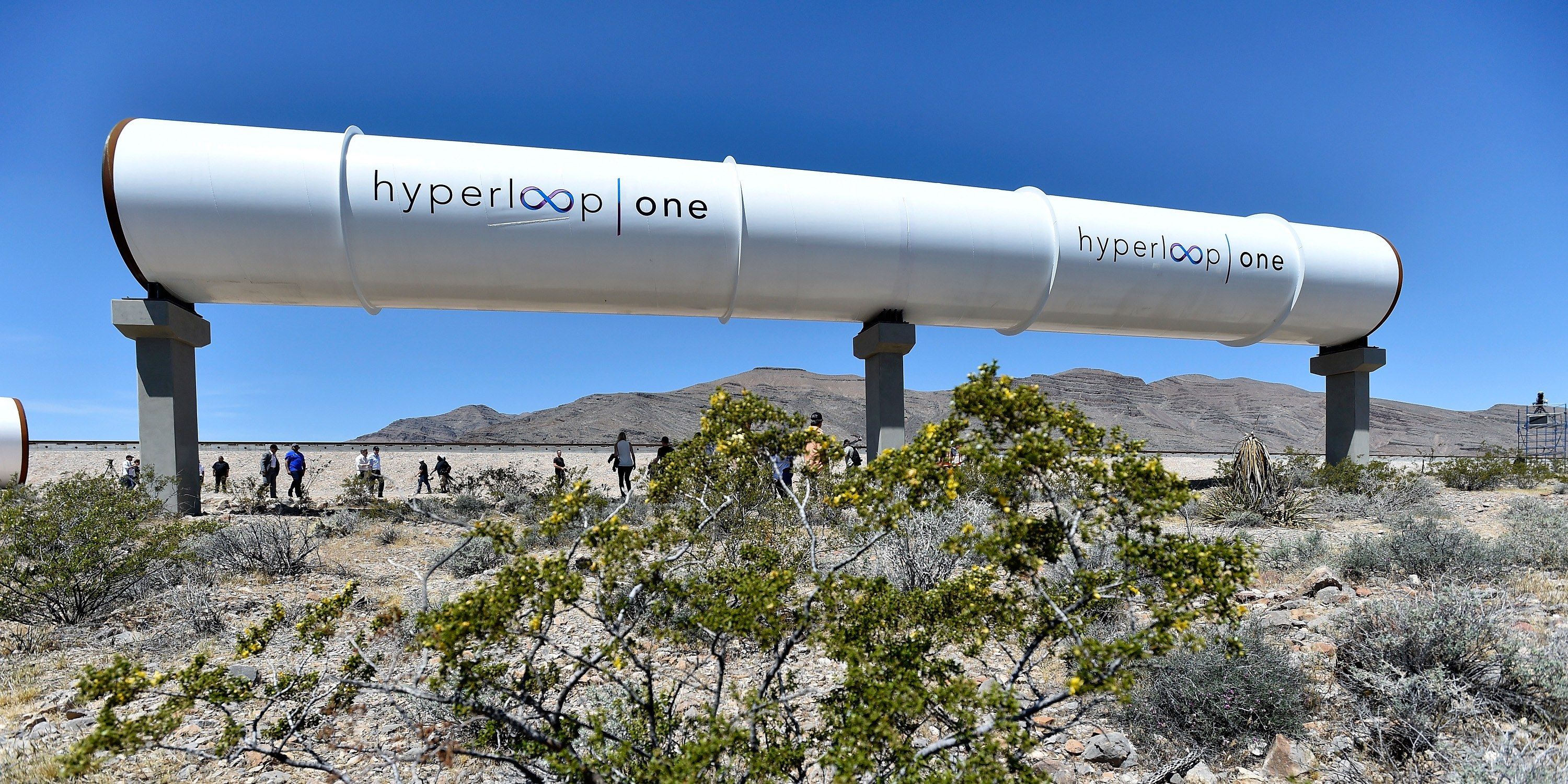Elon Musk finally unveils the long-awaited electric car for the masses.
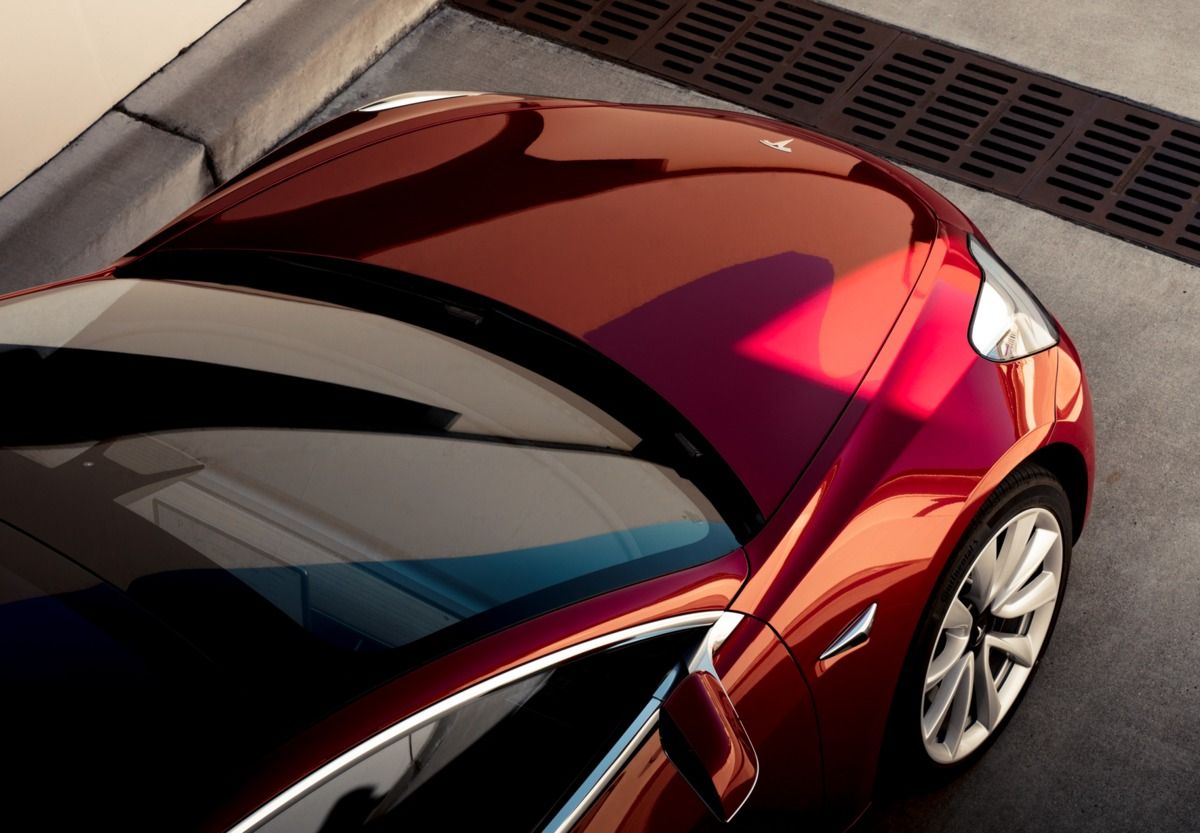


In 10 years, when autonomous driving is mainstream, we’ll have a fundamentally different relationship with our cars and driving in general.
Every major car company is fully aware of this, but not all are reacting to this change with the same degree of urgency. Earlier this month, BMW hosted its Innovation Days at its technology office in Chicago, where the company showcased the current state of its connectivity services and laid out its vision for the future.
Unlike other manufacturers, BMW has decided that it wants to retain full control over the in-car experience and that it doesn’t want to outsource this to a big technology firm. While the company offers support for Apple CarPlay, it’s not going to support Android Auto anytime soon (and even the CarPlay support isn’t something it seems all that excited about). Instead, BMW has decided that its job as a premium brand is to own the customer experience and make it fit the rest of the driving experience.
A U.S. House Committee just gave its approval for the SELF DRIVE Act, a bill that introduces breakthrough legislation in favor of autonomous vehicles. The bill could pass Congress before the end of 2017, ushering in a new era in self-driving tech.
A bill that will introduce breakthrough legislation in support of autonomous vehicle technology just received approval from the U.S. House of Representatives’ Energy and Commerce Committee.
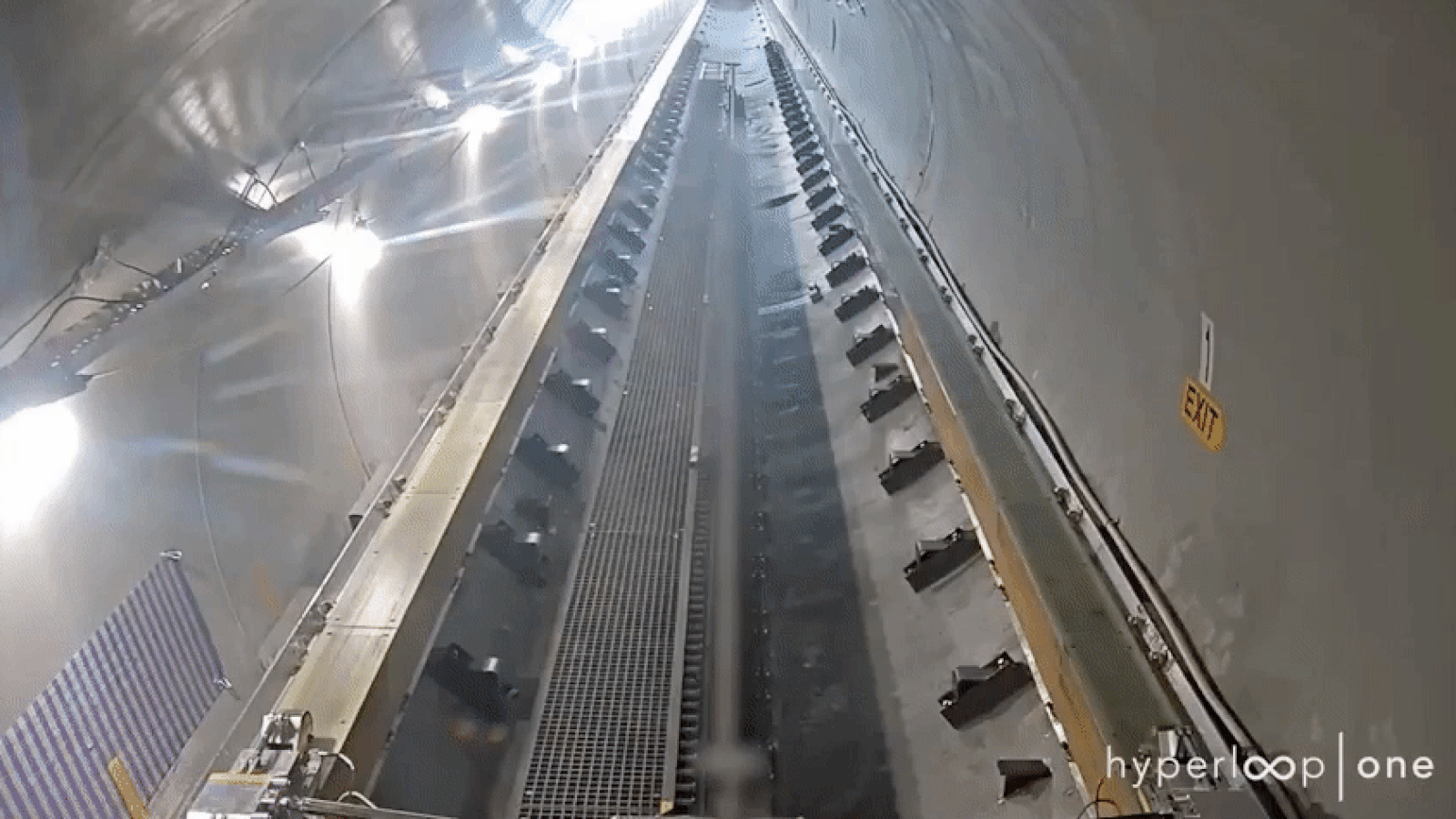
Hyperloop One completed the first full-scale test of its hyperloop technology in a vacuum environment on May 12th, the company announced today. In the test, the company’s hyperloop vehicle — which uses magnetic levitation, or mag-lev, technology — pulled 2 Gs while reaching 70 miles per hour down the length of the company’s test track in Nevada.
Hyperloop One also shared images of its new pod with The Verge. The aerodynamic pod is 28 feet long and constructed of structural aluminum and carbon fiber. Using electromagnetic propulsion and mag-lev technology, it’s designed to carry both cargo and human passengers at near supersonic speeds, Hyperloop One says.
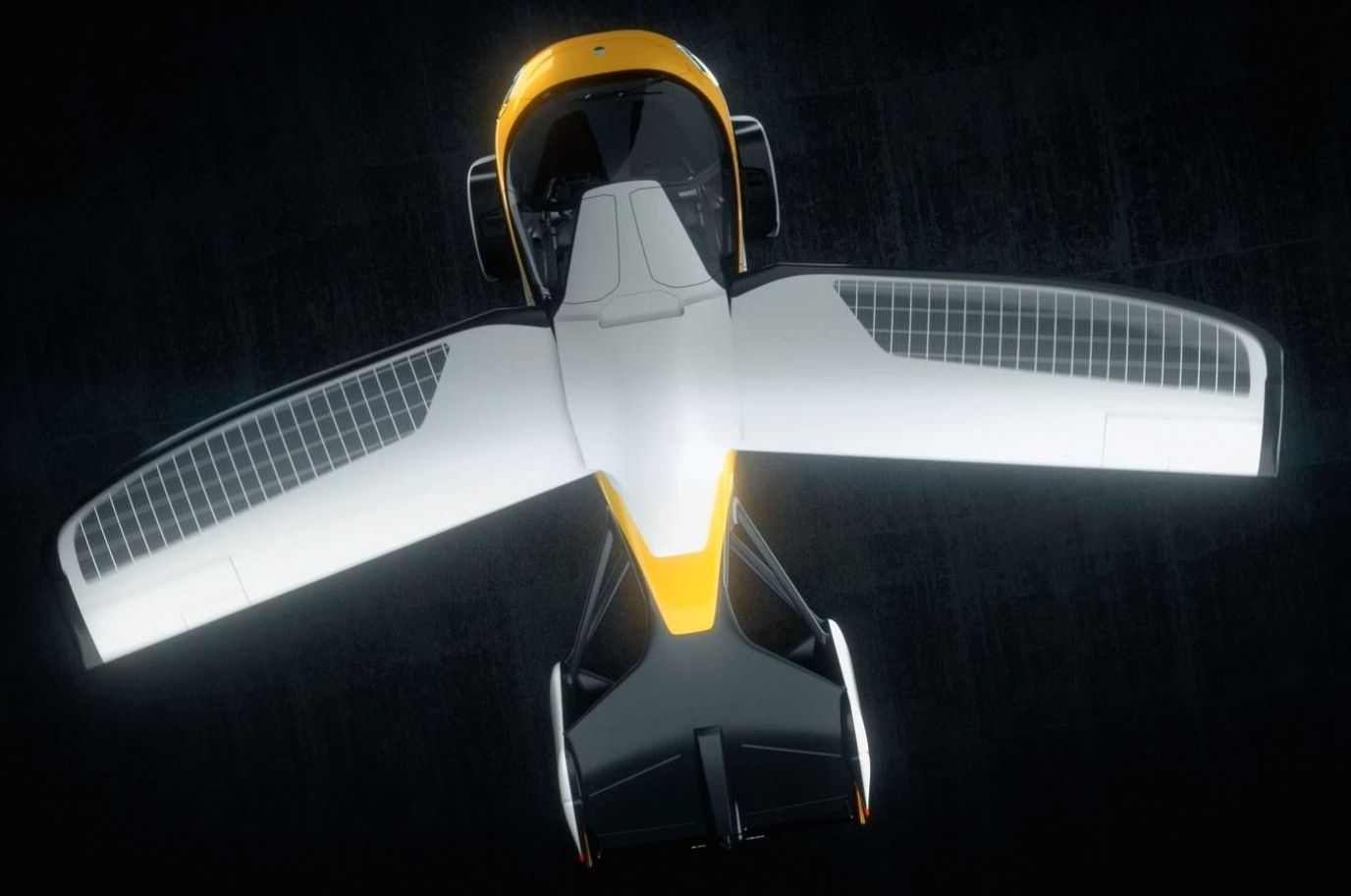

In a not-too-distant future city, superintelligent robots will carry out the majority of vital tasks. Driverless cars will ferry passengers to and from points of interest. Housing and healthcare will be affordable, if not free to all. Political leaders and technologists will speak the same language. And life is good.
Sam Altman, the 32-year-old president of Y Combinator, the most prestigious startup accelerator in Silicon Valley, has laid out this utopian vision over the years, and most definitively in a job listing posted on YC’s blog in June 2016.
“We’re seriously interested in building new cities and we think we know how to finance it if everything else makes sense,” the post read. “We need people with strong interests and bold ideas in architecture, ecology, economics, politics, technology, urban planning, and much more.”
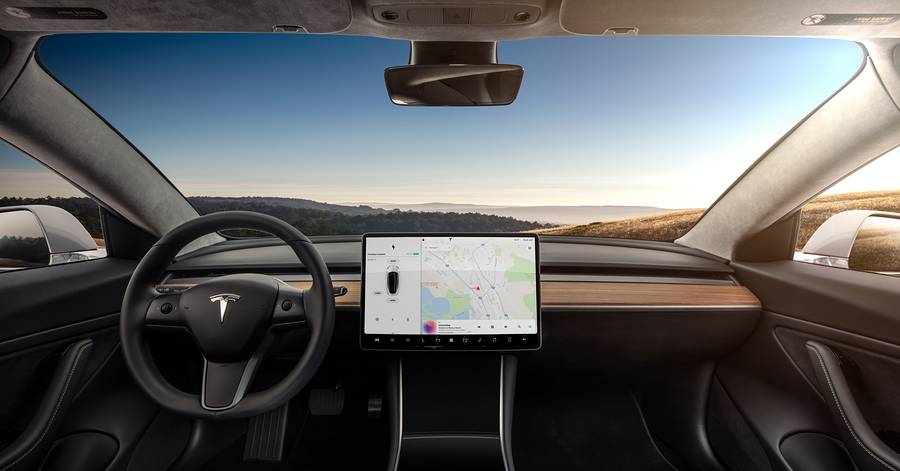
FREMONT, Calif.—A first peek inside Tesla Inc.’s new Model 3 compact car revealed a starker, cozier interior than the more spacious and luxurious Model S. But as the sedan sped off, the experience felt similar.
On Friday, the Silicon Valley auto maker showed off details of the all-electric sedan’s interior for the first time, allowing a roughly 10-minute test ride around the factory.
The Model 3 represents a milestone for…
